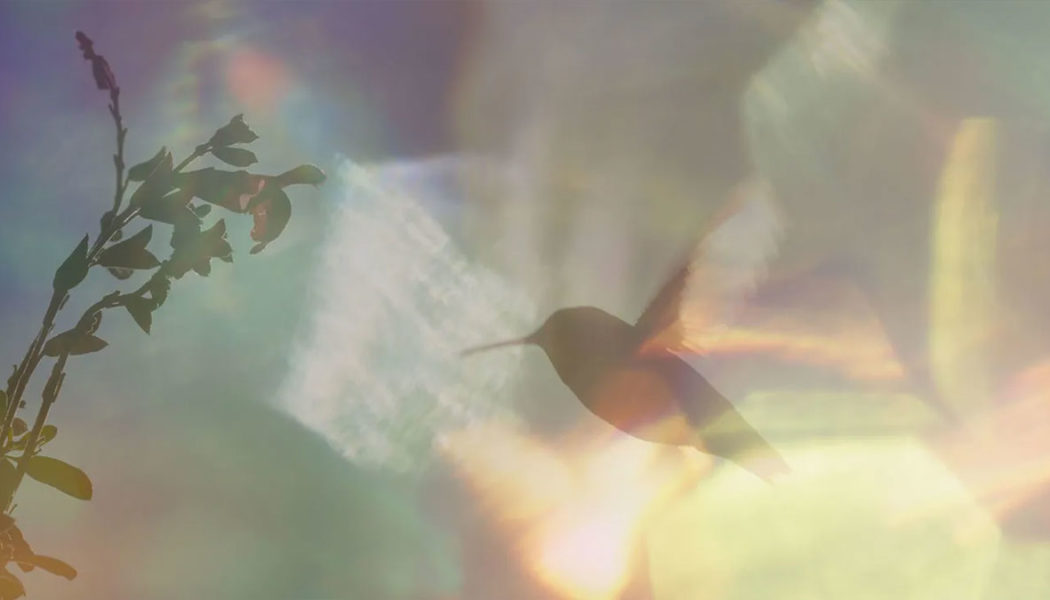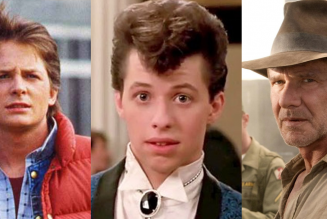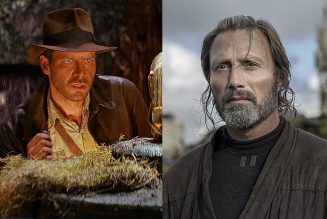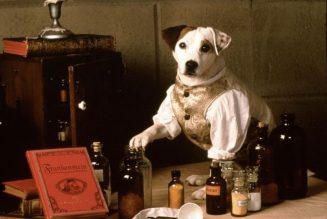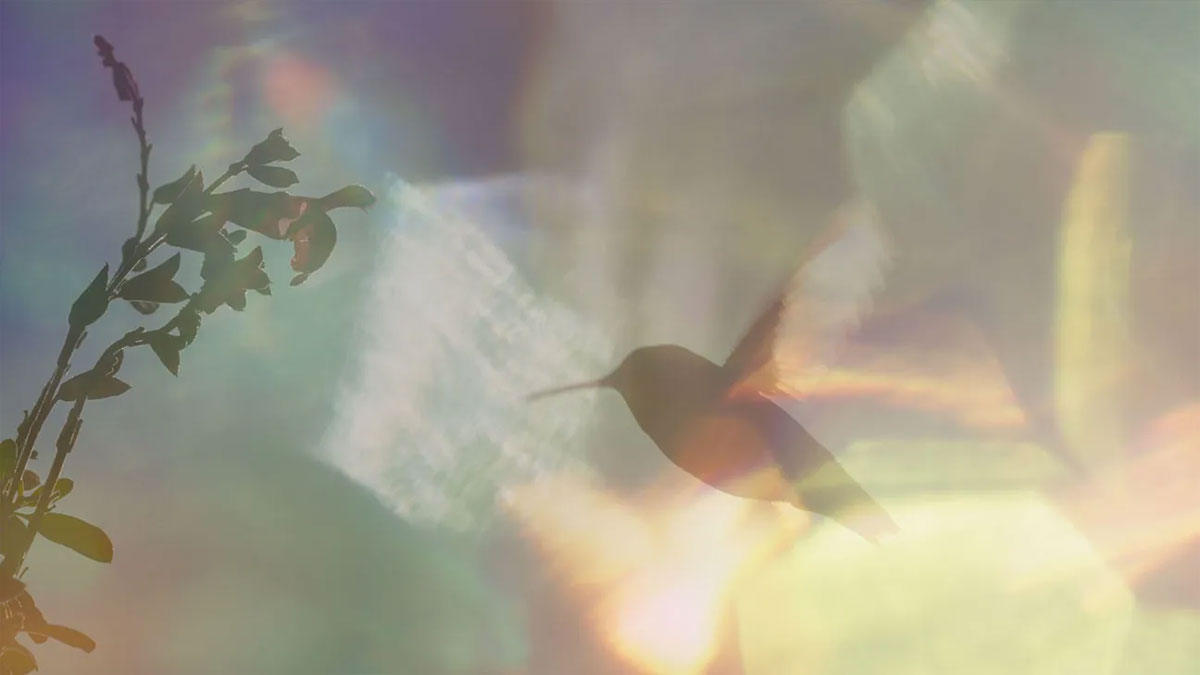
This review is part of our coverage of the 2024 Sundance Film Festival.
Before watching the Sundance documentary Every Little Thing, I had no idea that the Bob Marley song I would have told you was called “Every Little Thing’s Gonna Be All Right” was actually called “Three Little Birds.” Marley’s lyrics don’t specify if the three little birds pitched by his doorstep are hummingbirds, though — likely not, because if they were hummingbirds, they wouldn’t stay still.
The bright cute beauty of those hummingbirds is the immediate, albeit shallow, draw of Every Little Thing. Yet as director Sally Aitken’s film progresses, letting the audience come to understand its main subject better, it grows deeper than that, bringing us to an entirely new way of seeing the world.
The center of the film, and its dominant persona, is Terry Masear, who operates a hummingbird rescue operation out of her Los Angeles home, a large enough house to contain multiple indoor and outdoor enclosures and cages to facilitate the recovery of injured or abandoned birds that are brought to her for care. There’s something particular about hummingbirds that makes them special to her: “You come ready made with the empathy,” Terry says at one point. “You don’t need to develop it — it’s already there, because of your own struggles.”
Related Video
How Terry came to run this operation, and what elements of her past made it work she’s passionate about, plays a role in the film, but it’s really more a mediation than anything else, one packed with incredible visuals. Cinematographer and nature photographer Ann Johnson Prum delivers the small-scale, slow-motion footage necessary to showcase the movement of hummingbirds in flight; some of the shots are so sharp and detailed that they almost doesn’t look real. Then again, there’s always been something unreal about the hummingbird — tiny warriors battling forces of nature like rain and the savage housecat with their own peculiar darting grace.
It seems like that’s part of what draws Terry to them. That, and their delicacy — she handles each injured bird so carefully, like they’re made of glass. Until, that is, they’ve recovered enough for her to encourage them to fly, little nudges from one branch to the next that might lead to them truly taking flight again. Every Little Thing avoids voiceover, instead letting Terry’s voice ring out through the film in conversations with “finders,” in conversations with herself, and in conversations with the birds she tends. She talks to them a lot, in ways that prove relatable and understandable.
For someone who might only be used to seeing a hummingbird for the instant it takes them to fly by, it’s difficult to imagine spending enough time with one of them to have a sense of their personality. But Terry knows her flock (well, not a flock, but “a charm”) so well that she’s able to play matchmaker, pairing off birds that might benefit from each other’s company as they recover from their injuries.
The film makes clear that so many of the birds Terry tends won’t ultimately survive. But then, she notes that it’s not the end result, but the journey, which is important. “She made a one-inch flight, if you can call it that,” Terry says of one bird struggling to heal. Then, she adds, “that’s all she needs to do today.”
Beyond the recovery (or not) of a few specific birds, the narrative is relatively freeform — the beats of those birds’ journey to wellness might seem a mite predictable, but only because they lend the film the semblance of a three-act structure. Every Little Thing isn’t a movie you watch for story, though — it’s a movie you watch for understanding. Not just the nuances of what it means to be a caretaker like this, but what it’s like to see the world from the perspective of the tiny and vulnerable. Because this world, in microcosm, is so full of little beauties.
Every Little Thing premiered at the 2024 Sundance Film Festival.
